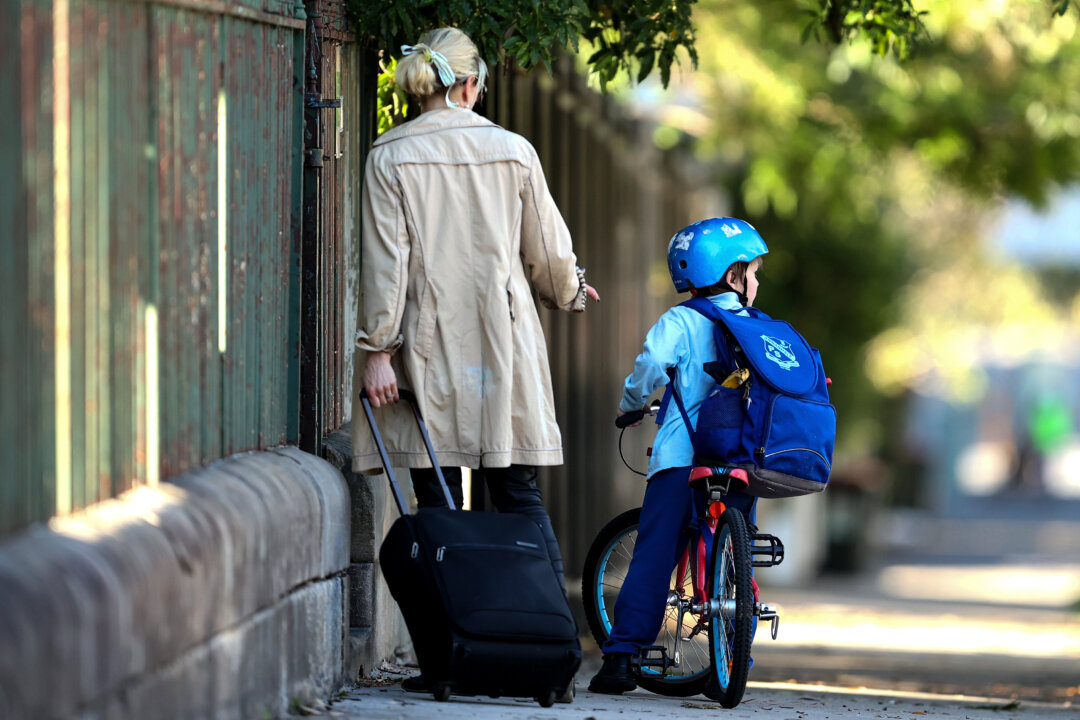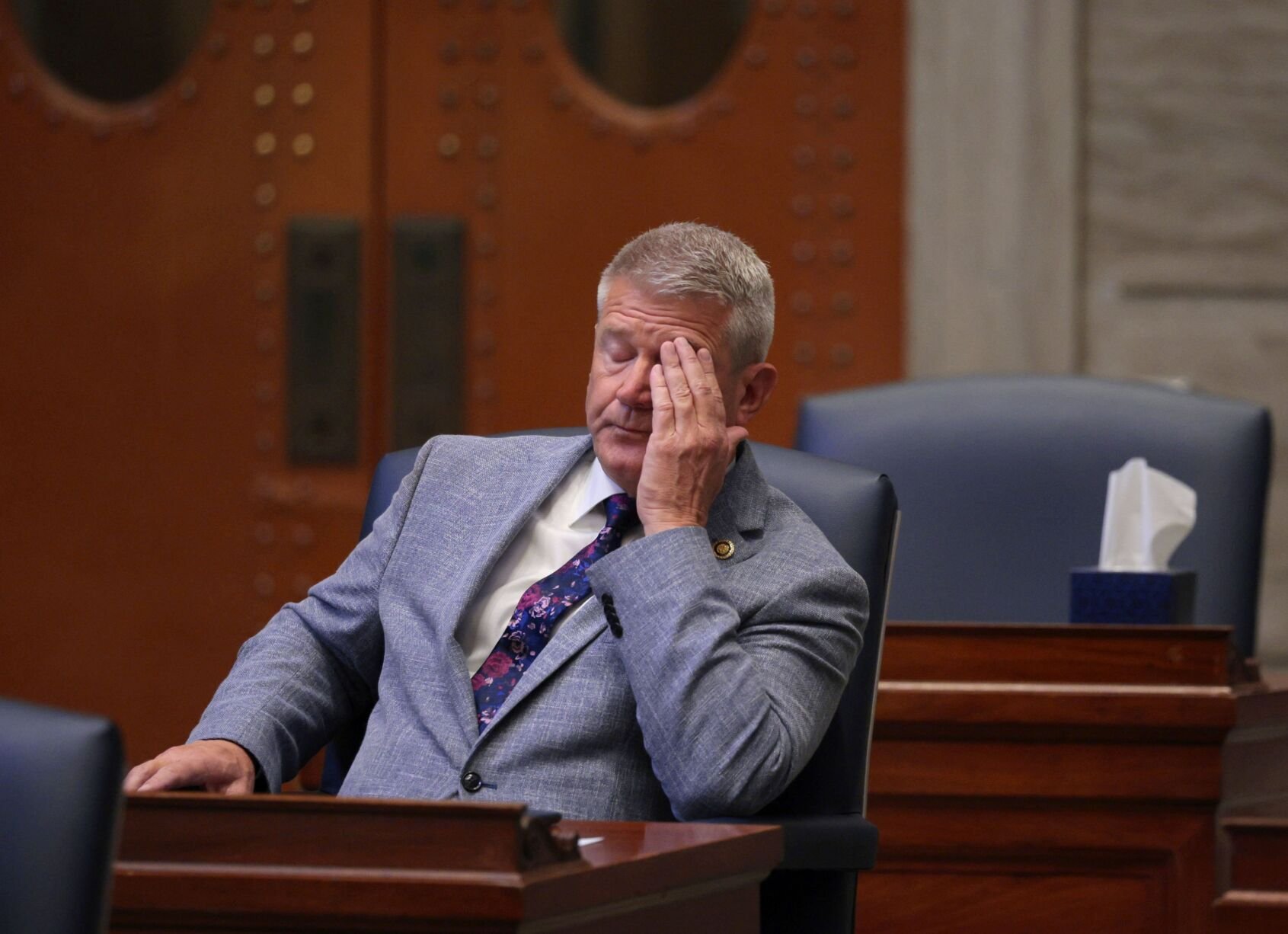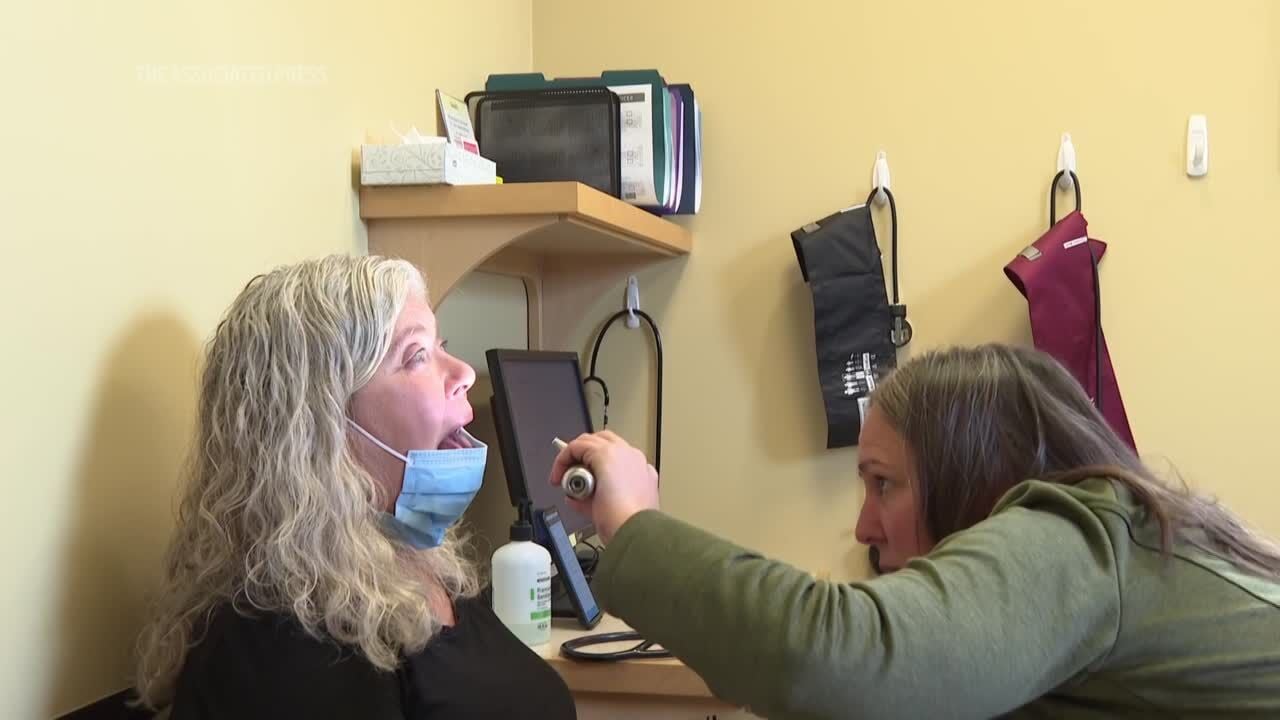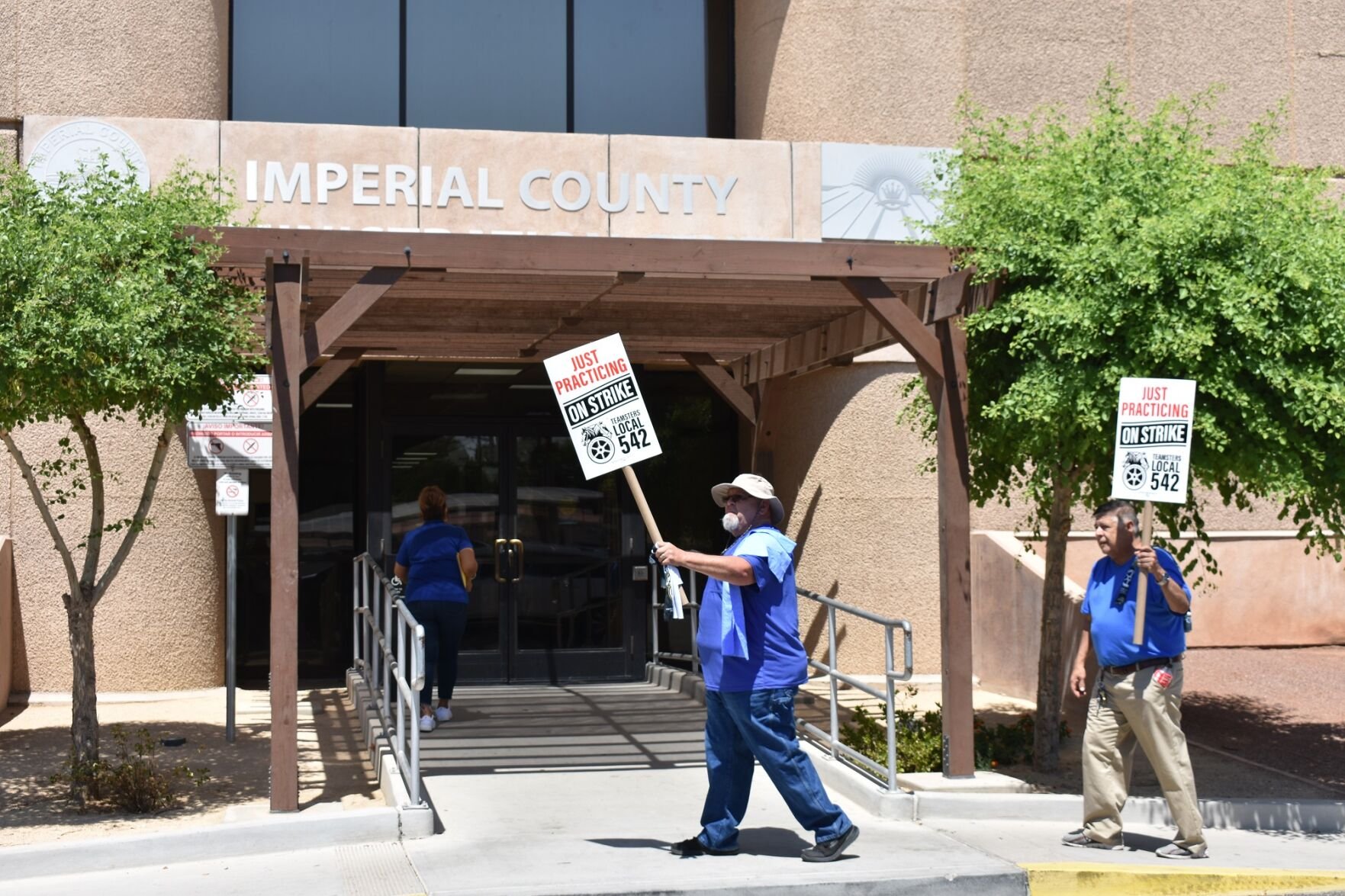As the National Disability Insurance Scheme expands beyond its original capacity, the Australian Labor government has pledged a $2 billion program to tackle the surge in participants. Nearly half of those enrolled in the scheme are children, prompting renewed focus and support for families nationwide.
Labor Pledges $2 Billion Program to Target Surge of Aussie Children on NDIS

Key Takeaways:
- The NDIS was originally designed to serve 410,000 Australians.
- It now supports 740,000 people, with half of them children.
- Labor has pledged $2 billion to address the scheme’s challenges.
- Minister Butler highlights the strain on the NDIS due to its rapid growth.
- The new funding aims to better support children with disabilities.
Introduction
The Australian Labor government has announced a $2 billion initiative in response to the fast-growing enrollment in the National Disability Insurance Scheme (NDIS). The move comes as the number of participants has exceeded initial expectations, prompting concerns about the scheme’s sustainability.
Background on the NDIS
The NDIS was originally designed to assist 410,000 Australians who require disability support. Over time, however, the program has expanded dramatically, evolving into the country’s primary framework for providing specialized services to people living with disabilities.
Minister Butler’s Remarks
Minister Butler recently noted a significant increase in NDIS participants, revealing that the scheme now supports 740,000 Australians. “Half of them are children,” she said, highlighting the growing demand for child-focused services and interventions.
Government Response
In light of the scheme’s accelerated growth, Labor has pledged $2 billion to bolster NDIS resources. The goal is to ensure that families, especially those with children, continue to receive the support they need within a framework able to handle the increasing participant numbers.
Looking Ahead
With participation still on the rise, the $2 billion investment aims to strengthen the NDIS and uphold its mission to assist Australians living with disabilities. Observers will be watching closely to see how this funding shapes the future of one of the country’s most significant social support programs.











